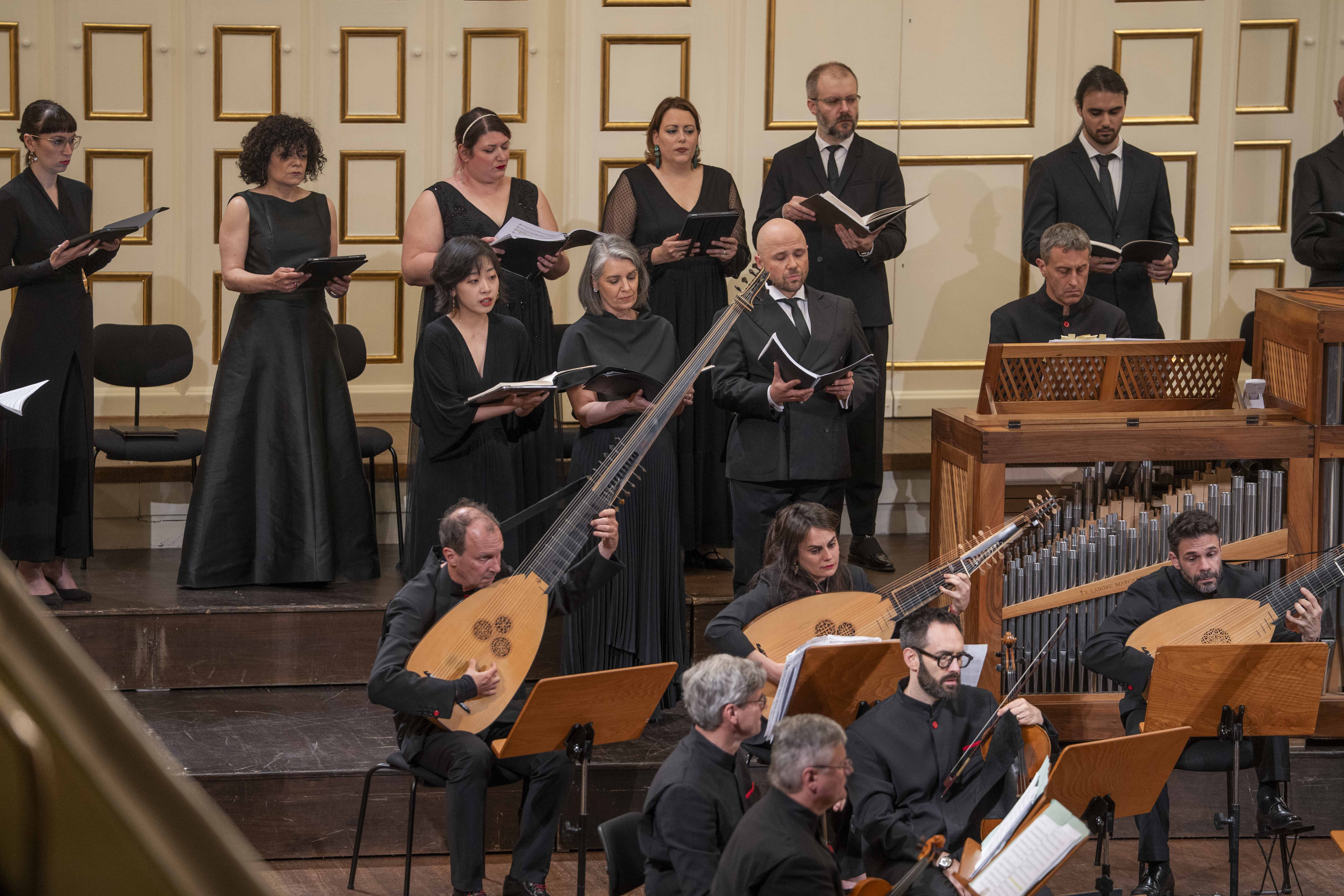- Venice is eternity itself.
VESPRO DELLA BEATA VIRIGINE
Important musicians worked in Venice from the Renaissance through to modern times, and for a long time the lagoon city was at the centre of the music printing industry. The world’s first opera house was even opened here, cementing Venice’s reputation as a musical city of world renown whose very name brings to mind the Gabrielis and Monteverdi, Porpora and Hasse, Rossini and Verdi, Gustav Mahler and Richard Wagner, not to mention Luigi Nono.
In 1613, Claudio Monteverdi was named maestro di cappella at San Marco in Venice, thus assuming one of the most coveted positions in Italy’s musical life. A decisive factor in his appointment as the basilica’s director of music was likely the publication of his Vespro della Beata Vergine in 1610, in which Monteverdi applied his speech-oriented musical style, honed in his operas, to the realm of sacred music. The staying power of this delicate yet monumental sacred work has made it a fixture in the canon to this day, more so than almost any other 17th-century composition.





